Abstract
This study investigated the effect of graphic organizers on conceptual understanding of organic chemistry. The study adopted a mixed-method design involving three intact classes that were purposively selected. A quasi-experimental design and focus group interview was adopted and data was gathered using a chemistry achievement test and an interview protocol whose reliability were 0.74 and 0.73, respectively. The quantitative data were analyzed using analysis of covariance while thematic analysis, with codes generated inductively, was used to analyze the qualitative data. Findings indicated that graphic organizers enhanced students’ performance in organic chemistry. Furthermore, students’ opined that using organizers facilitated their learning. Although, reports indicated that using them as advance organizers is more tasking and deter attention during instruction. It was concluded that graphic organizers are effective tools that improved students’ performance in organic chemistry, however, their use as advance organizers should be carefully guided to ensure enhanced learning outcomes.
License
This is an open access article distributed under the Creative Commons Attribution License which permits unrestricted use, distribution, and reproduction in any medium, provided the original work is properly cited.
Article Type: Research Article
AQUADEMIA, Volume 6, Issue 1, 2022, Article No: ep22003
https://doi.org/10.21601/aquademia/12055
Publication date: 28 Apr 2022
Article Views: 2453
Article Downloads: 2265
Open Access References How to cite this article
 Full Text (PDF)
Full Text (PDF)